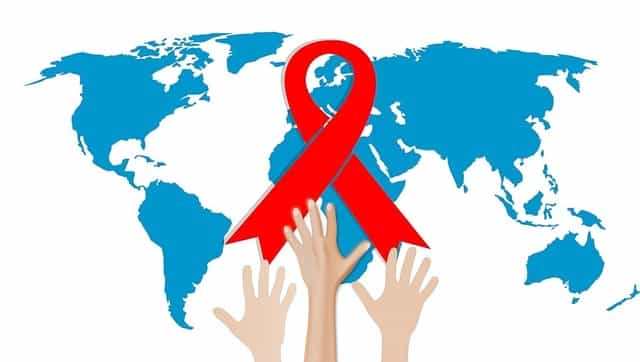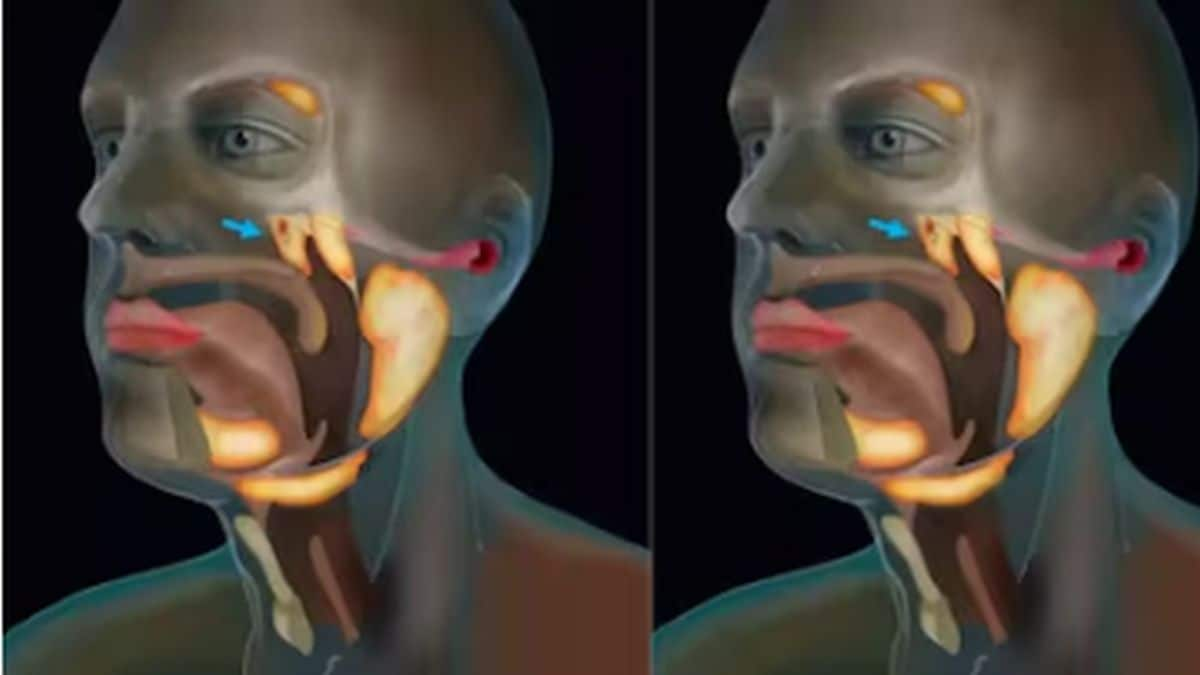Every year, World AIDS Day is observed on 1 December to refocus attention on the human immunodeficiency virus (HIV) and acquired immunodeficiency syndrome (AIDS). HIV is a viral infection that may have flu-like symptoms such as fever, sore throat and fatigue. The infection can progress to AIDS, which has more severe symptoms like weight loss and recurrent infections. HIV/AIDS can be a fatal disease and there is currently no cure for it. This is why timely diagnosis and proper treatment with antiretroviral therapies (ARTs) are necessary to control the progress of HIV. International institutions like the World Health Organisation (WHO), the Joint United Nations Programme on HIV/AIDS (UNAIDS), national governments, health agencies and nonprofits across the world work tirelessly throughout the year, every year, to raise awareness about, conduct research on and find solutions for the disease. COVID-19 and HIV/AIDS – two viral diseases There are, according to the UNAIDS, currently around 38 million people worldwide who have HIV/AIDS, of which 36.2 million are adults and 1.8 million are children below 15 years of age. The WHO estimates that around 8.3 million people across 24 countries receive ARTs. However, since the beginning of the COVID-19 pandemic, there have been major disruptions in these global campaigns and outreach programs for people living with HIV/AIDS (PLWHA). And yet, HIV/AIDS — and especially ARTs — remains a major focus of research because of the fact that both COVID-19 and HIV/AIDS are viral diseases and controlling both could potentially rely on the same medications. This is why the US Centers for Disease Control and Prevention (CDC) says that some ARTs like lopinavir/ritonavir, boosted darunavir and tenofovir disoproxil fumarate/emtricitabine are being evaluated in clinical trials to see if they are effective against severe COVID-19 disease too. However, it’s important to remember that these drugs are currently not permitted to be provided to COVID-19 patients as a treatment option and will not be until clinical trials prove their efficacy. It’s also noteworthy that despite such focus on ARTs, PLWHA is facing issues regarding continued treatment access and COVID-19 risks themselves, making their situation more tenuous. COVID-19 risks for people with HIV/AIDS A recent study published by Indian scientists in the Journal of Virus Eradication in November 2020 suggests that simply because HIV and COVID-19 are both viral infections, having HIV does not provide any added protection against severe COVID-19 disease. So, PLWHA is not only susceptible to severe COVID-19 disease but also have the same mortality risks due to this disease as people with other underlying diseases do. Current research shows that strict adherence to ARTs also does not provide PLWHA with any added benefits against COVID-19 disease. In fact, this study and guidelines provided by the WHO and CDC suggest that PLWHA with poorly controlled or advanced HIV/AIDS should be treated as if they are at an increased risk of COVID-19 disease and mortality. This is because the CDC notes that people with advanced HIV have a high risk of contracting other infections (especially respiratory ones) and are also likely to have additional comorbidities like hypertension and diabetes. This is why the global recommendation for PLWHA during the pandemic has been to continue with ARTs and control the progression of HIV/AIDS while mitigating COVID-19 infection risks by self-isolating or quarantining, social distancing, wearing masks and handwashing. Impact of COVID-19 on HIV treatment and research However, providing these recommendations is easier than sticking to them, as data provided by the WHO in July 2020 shows. Around 73 countries have already warned the WHO that they are at risk of running out of ART medication stock due to the disruptions in production and supply caused by the pandemic. Moreover, 24 of these countries have reported a critically low stock of ART medications or major disruptions in the supply of these life-saving drugs. The WHO and UNAIDS forecasted in May 2020 that if there’s even a six-month disruption in providing ARTs to PLWHA, it could lead to a doubling in AIDS-related deaths, especially in severely affected regions. These dire predictions do not bode well for countries like India. India is not only one of the top three countries with the highest number of HIV/AIDS cases (the other two are South Africa and Mozambique) but also one of the top two countries with the highest COVID-19 burden. Overcoming these double jeopardies to the lives of PLWHA is something that healthcare professionals, health agencies and policymakers in India and worldwide need to address immediately. For more information, read our article on HIV/AIDS. Health articles in Firstpost are written by myUpchar.com, India’s first and biggest resource for verified medical information. At myUpchar, researchers and journalists work with doctors to bring you information on all things health.
HIV/AIDS can be a fatal disease and there is currently no cure for it.
Advertisement
End of Article


)

)
)
)
)
)
)
)
)



